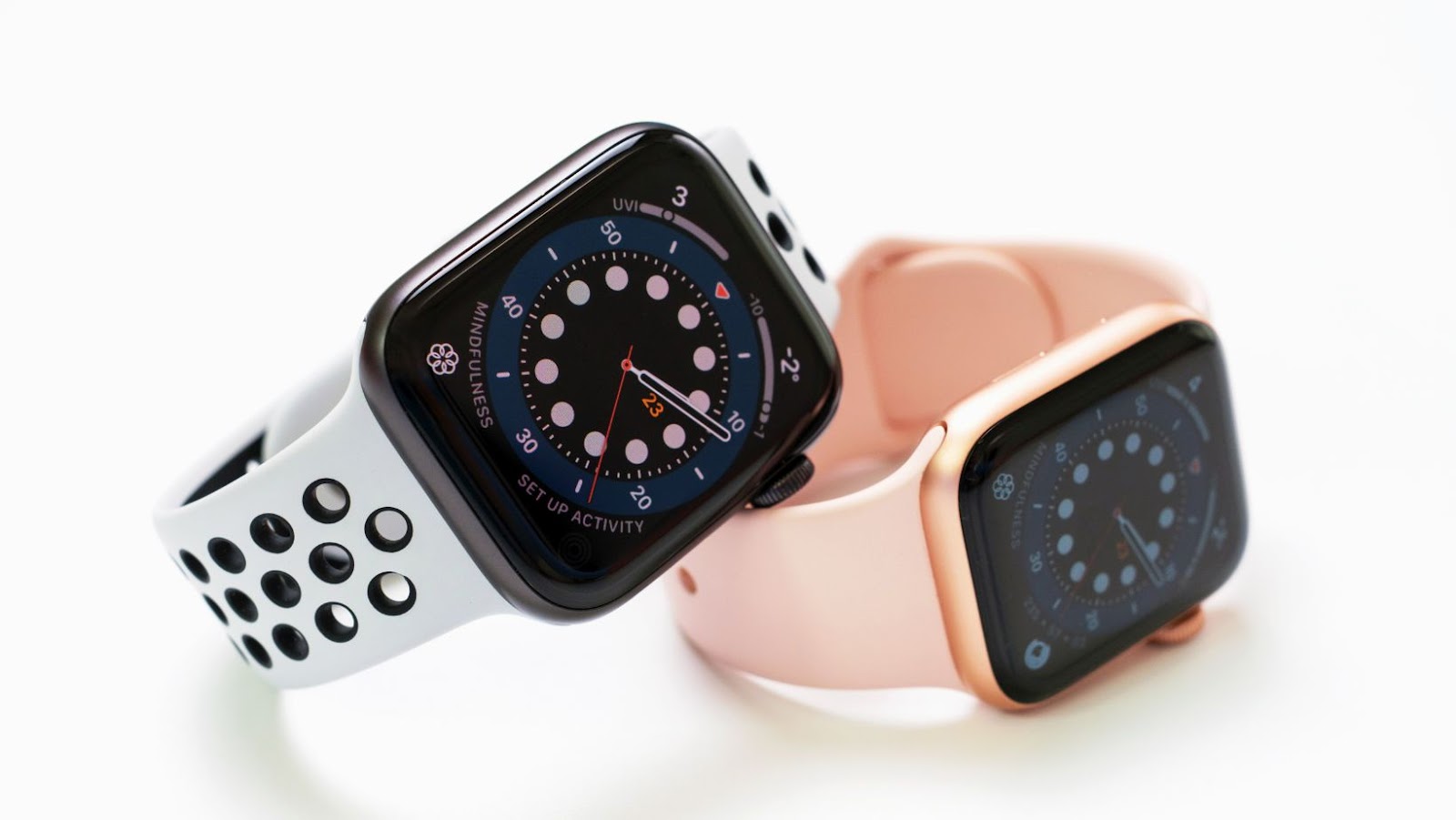 In today’s fast-paced world, wearable tech gadgets have become not just conveniences but essential tools that mesh seamlessly into daily life. From fitness trackers to smartwatches, these devices offer a blend of style and functionality that can keep up with the busiest of schedules. They not only monitor health metrics like heart rate and sleep patterns but also keep users connected with notifications for emails, texts, and calls right at their wrists.
In today’s fast-paced world, wearable tech gadgets have become not just conveniences but essential tools that mesh seamlessly into daily life. From fitness trackers to smartwatches, these devices offer a blend of style and functionality that can keep up with the busiest of schedules. They not only monitor health metrics like heart rate and sleep patterns but also keep users connected with notifications for emails, texts, and calls right at their wrists.
Wearable Tech Gadgets
Wearable technology continues to evolve, offering a range of devices designed to enhance daily life. These gadgets, including fitness trackers and smartwatches, provide immediate access to important health metrics and communication tools. They make checking one’s heart rate, receiving updates on physical activity, and reading messages quick and effortless. As these devices integrate more deeply into both personal and professional spheres, their functionality expands beyond mere convenience to essential tools for modern living.
Types of Wearable Tech
Among the various wearable tech gadgets, smartwatches and fitness trackers stand out due to their widespread popularity. Smartwatches like the Apple Watch and the Samsung Galaxy Watch actively sync with smartphones, streamline communication, and track health and fitness indicators. Fitness trackers, such as those by Fitbit and Garmin, focus more on physical health, monitoring steps taken, calories burned, and sleep patterns.
Features and Functionality
Modern wearable tech gadgets boast an array of features tailored to meet the needs of an active lifestyle. Most devices come equipped with GPS tracking, heart rate sensors, and durable, water-resistant designs. Notifications for texts, calls, and apps keep users connected without needing to access their smartphones. Additionally, customization options such as changeable straps and customizable watch faces allow users to personalize their devices.
Impact on Daily Life
The convenience provided by wearable tech translates into significant benefits in daily life. It helps users maintain a healthy lifestyle by providing constant feedback on physical activity and altering them to health issues. Its seamless connectivity aids in staying updated with professional commitments and personal communications effortlessly. Moreover, with continuing innovations, the potential for these devices to transform everyday interactions remains vast.
Types of Wearable Tech Gadgets
Wearable tech gadgets diversify in form and function to meet the demands of modern living, providing convenience and enhancing daily activities. This section explores three popular types of wearable technology.
Fitness Trackers
Fitness trackers monitor physical activity and health metrics effectively. These devices track steps, calories burned, heart rate, and sleep patterns. Brands like Fitbit and Garmin offer a variety of models that cater to different fitness levels, incorporating features such as water resistance and long battery life. Fitness trackers not only motivate users by setting goals but also sync with other devices to provide detailed health reports.
Smartwatches
Smartwatches extend beyond timekeeping to offer multifunctional capabilities. They maintain all functionalities of fitness trackers with added features, including receiving calls, responding to texts, and managing notifications. Renowned manufacturers like Apple and Samsung integrate these gadgets with existing smartphone ecosystems, enhancing user connectivity and convenience. With their sleek designs and customizable interfaces, smartwatches serve as both a style statement and a technological necessity.
Impact of Wearable Tech on Health and Fitness
Monitoring Health Metrics
Wearable technology gadgets, like fitness trackers and smartwatches, play a critical role in monitoring various health metrics. These devices track heart rate, steps, sleep patterns, and calories burned, providing users with comprehensive insights into their health.
Enhancing Fitness Regimens
With real-time data tracking, wearables significantly enhance fitness regimens. Users achieve greater control over their physical activities, adjusting workouts based on the feedback received from these devices. For example, runners can monitor their pace and adjust to maintain target heart rates, optimizing their training effectiveness and improving endurance over time.
Promoting Healthier Lifestyles
The integration of goal-setting features and health monitoring encourages users to adopt healthier lifestyles. These wearable devices often come with apps that set daily or weekly goals, such as walking 10,000 steps a day or sleeping for at least 7 hours. These goals, coupled with visible progress, motivate users to stay active, sleep sufficiently, and maintain a balanced diet.